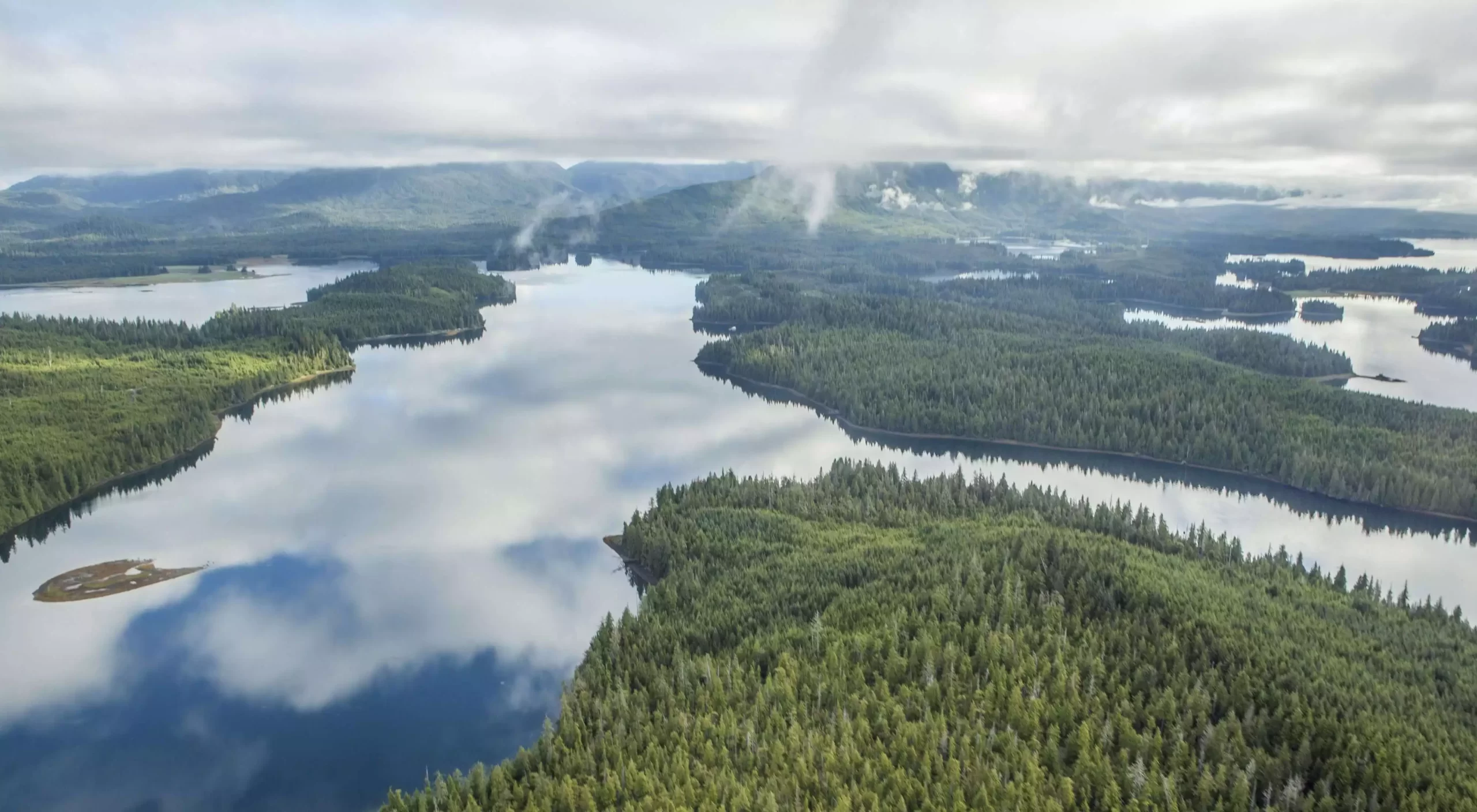Nature Reserves & Projects: Protecting Biodiversity
Nature reserves and conservation projects are powerful tools in the mission to protect biodiversity and preserve our planet’s natural wonders. As an avid nature enthusiast, I have witnessed firsthand the incredible impact these initiatives have on safeguarding ecosystems and endangered species. By establishing designated areas as nature reserves, we create safe havens where flora and fauna can thrive undisturbed. Additionally, conservation projects focus on restoring habitats, reintroducing endangered species, and engaging local communities in environmental stewardship. Through these collective efforts, we can ensure a sustainable future for generations to come, where the beauty and diversity of our natural world remain intact.
Content

Importance of Nature Reserves
Nature reserves play a crucial role in safeguarding our planet’s biodiversity. They provide protected areas where ecosystems can flourish, endangered species can thrive, and environmental balance can be maintained. Let’s explore the significant reasons why nature reserves are essential for preserving our natural heritage.
Also Read: Historical Castles and Palaces: Stepping into the Past
Preserving Endangered Species
Nature reserves serve as sanctuaries for endangered species, offering them a safe haven to survive and recover. These reserves provide habitats with ample food sources, suitable nesting areas, and protection from human disturbances. By creating and maintaining nature reserves, we can prevent the extinction of rare and unique species. For example, I have personally witnessed the remarkable recovery of the California condor population in the Ventana Wildlife Society’s nature reserve, where dedicated conservation efforts have brought these majestic birds back from the brink of extinction.
Maintaining Ecosystems and Habitats
Nature reserves help preserve and restore fragile ecosystems and habitats. They ensure the survival of diverse plant and animal species, which are interconnected and dependent on each other for their survival. By conserving these habitats, nature reserves promote the overall health and balance of the ecosystem. One fascinating example is the Everglades National Park, where the restoration efforts have not only saved numerous species but also revitalized the entire wetland ecosystem, benefiting both wildlife and local communities.
Protecting Biodiversity Hotspots
Biodiversity hotspots are regions with high levels of species richness and endemism. Nature reserves play a critical role in protecting these hotspots, preserving unique and irreplaceable ecosystems. Take the Galapagos Islands as an illustration, where the establishment of the Galapagos National Park has helped safeguard the extraordinary biodiversity found only in this archipelago, including the iconic Galapagos giant tortoise and the diverse marine life.
Sustaining Ecological Services
Nature reserves contribute to the provision of essential ecological services that benefit humanity. These services include water filtration, climate regulation, pollination, and carbon sequestration. By conserving and maintaining intact ecosystems within nature reserves, we ensure the continued provision of these services, which are vital for our well-being and the health of the planet.
Promoting Environmental Education and Awareness
Nature reserves serve as invaluable platforms for environmental education and awareness. They provide opportunities for visitors, especially students, to learn about the importance of biodiversity, ecological processes, and conservation practices. Many nature reserves offer guided tours, workshops, and interactive exhibits that inspire individuals to become stewards of the environment. I vividly remember my visit to the Serengeti National Park, where passionate rangers shared their knowledge and ignited my passion for wildlife conservation.

Conservation Projects
Conservation projects are vital initiatives that focus on the restoration, protection, and sustainable management of ecosystems and species. These projects aim to mitigate the impacts of human activities and preserve the delicate balance of nature. Let’s delve into the different aspects of conservation projects and their significance in safeguarding our natural world.
Habitat Restoration and Protection
Preserving and restoring habitats is a cornerstone of conservation efforts. Through habitat restoration projects, damaged ecosystems can be revitalized, and their ecological functions can be reinstated. These projects involve activities such as reforestation, wetland rehabilitation, and coral reef restoration. Personally, I have witnessed the transformative power of habitat restoration in my local community. The restoration of a degraded river ecosystem not only revived the once-dwindling fish populations but also created recreational spaces for families to enjoy nature.
Species Reintroduction Programs
Conservation projects often involve species reintroduction programs, which focus on bringing back endangered or locally extinct species into their native habitats. These programs require careful planning and management to ensure the success of reintroducing species into the wild. An inspiring example is the reintroduction of the black-footed ferret, a once critically endangered species, into the prairie grasslands of North America. Witnessing the release of these furry creatures back into their natural habitat was an awe-inspiring experience, marking a significant milestone in wildlife conservation.
Community Involvement and Education
Engaging local communities in conservation efforts is crucial for the long-term success of conservation projects. When communities actively participate in decision-making and stewardship, they become invested in the protection of their natural surroundings. Community-driven conservation initiatives empower individuals to take ownership of their environment, fostering a sense of pride and responsibility. One remarkable project I encountered involved a coastal community organizing regular beach clean-ups and educational workshops, instilling a deep sense of environmental consciousness in the younger generation.
Importance of Environmental Education
Environmental education plays a vital role in raising awareness and fostering a culture of sustainability. By incorporating environmental education programs into conservation projects, we can inspire individuals to make conscious choices that benefit the environment. These programs can take various forms, including interactive workshops, school curriculum integration, and nature interpretation activities. I recall attending an environmental education camp where I learned about the interconnections of ecosystems and the importance of reducing my ecological footprint. This experience ignited my passion for conservation and shaped my understanding of the natural world.
Challenges and Future Outlook
Conservation projects face numerous challenges, including habitat fragmentation, climate change, and human-wildlife conflicts. However, advancements in technology and innovative conservation approaches provide hope for the future. Cutting-edge tools like remote sensing and DNA analysis enable us to monitor and protect endangered species more effectively. Additionally, the integration of local knowledge and traditional practices into conservation strategies can enhance their sustainability and success.
Conservation projects are instrumental in preserving the beauty and integrity of our natural world. Through habitat restoration, species reintroduction, community involvement, and environmental education, these projects empower individuals and communities to become active guardians of our planet. By working together, we can create a sustainable future where humans and nature coexist harmoniously.

Conclusion
Nature reserves and conservation projects are the unsung heroes in the battle to protect biodiversity. Through my own experiences exploring these protected areas, I have witnessed the profound impact they have on preserving our planet’s natural treasures. By creating safe havens for endangered species, restoring habitats, and involving local communities, these initiatives ensure the delicate balance of our ecosystems. As we embrace the importance of nature reserves and conservation projects, we secure a future where diverse species coexist harmoniously, and the beauty of our natural world continues to inspire awe and wonder. Let us all play a part in safeguarding our planet’s biodiversity for generations to come.
FAQs
u003cstrongu003eWhat are the main threats to biodiversity in nature reserves?u003c/strongu003e
Nature reserves face several threats to biodiversity, including habitat loss due to human activities such as deforestation and urbanization, pollution, invasive species, climate change, and illegal wildlife trade. Conservation efforts within nature reserves aim to mitigate these threats and protect biodiversity.
u003cstrongu003eHow do nature reserves contribute to the conservation of endangered species?u003c/strongu003e
Nature reserves provide protected habitats for endangered species, offering them a safe environment to thrive and recover. By preserving and restoring their natural habitats, nature reserves create ideal conditions for these species to breed, feed, and find shelter, increasing their chances of survival and eventual population growth.
u003cstrongu003eWhat is the role of community involvement in conservation projects within nature reserves?u003c/strongu003e
Community involvement plays a vital role in the success of conservation projects. Engaging local communities fosters a sense of ownership and responsibility for the environment. By collaborating with communities living near nature reserves, conservation projects can benefit from local knowledge, support, and active participation, leading to more sustainable conservation practices and increased public awareness about the importance of biodiversity protection.
u003cstrongu003eHow do conservation projects contribute to ecosystem restoration in nature reserves?u003c/strongu003e
Conservation projects focus on ecosystem restoration within nature reserves through activities such as reforestation, habitat rehabilitation, and reintroduction of native species. By restoring and maintaining the ecological balance, these projects help ecosystems recover from human-induced disturbances, enhancing biodiversity and the overall health and resilience of the ecosystem.
u003cstrongu003eWhat role does technology play in biodiversity conservation within nature reserves?u003c/strongu003e
Technology plays a crucial role in biodiversity conservation within nature reserves. Tools like remote sensing, drones, and satellite imagery assist in monitoring and assessing changes in habitats and species populations. DNA analysis helps identify and track endangered species, aiding in their conservation efforts. Additionally, data management systems and advanced modeling techniques enable effective planning and decision-making for conservation projects, optimizing resource allocation and conservation outcomes.












